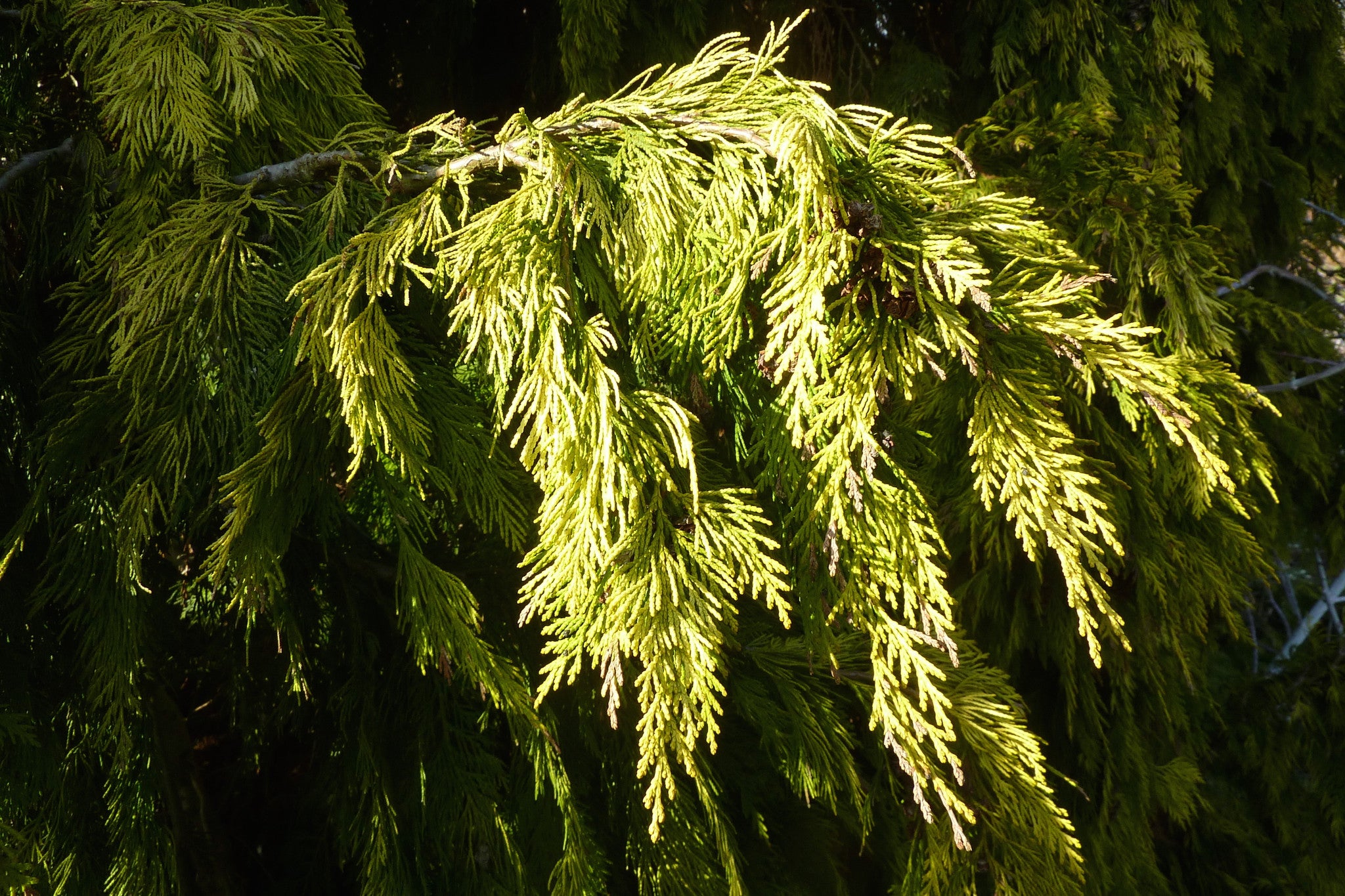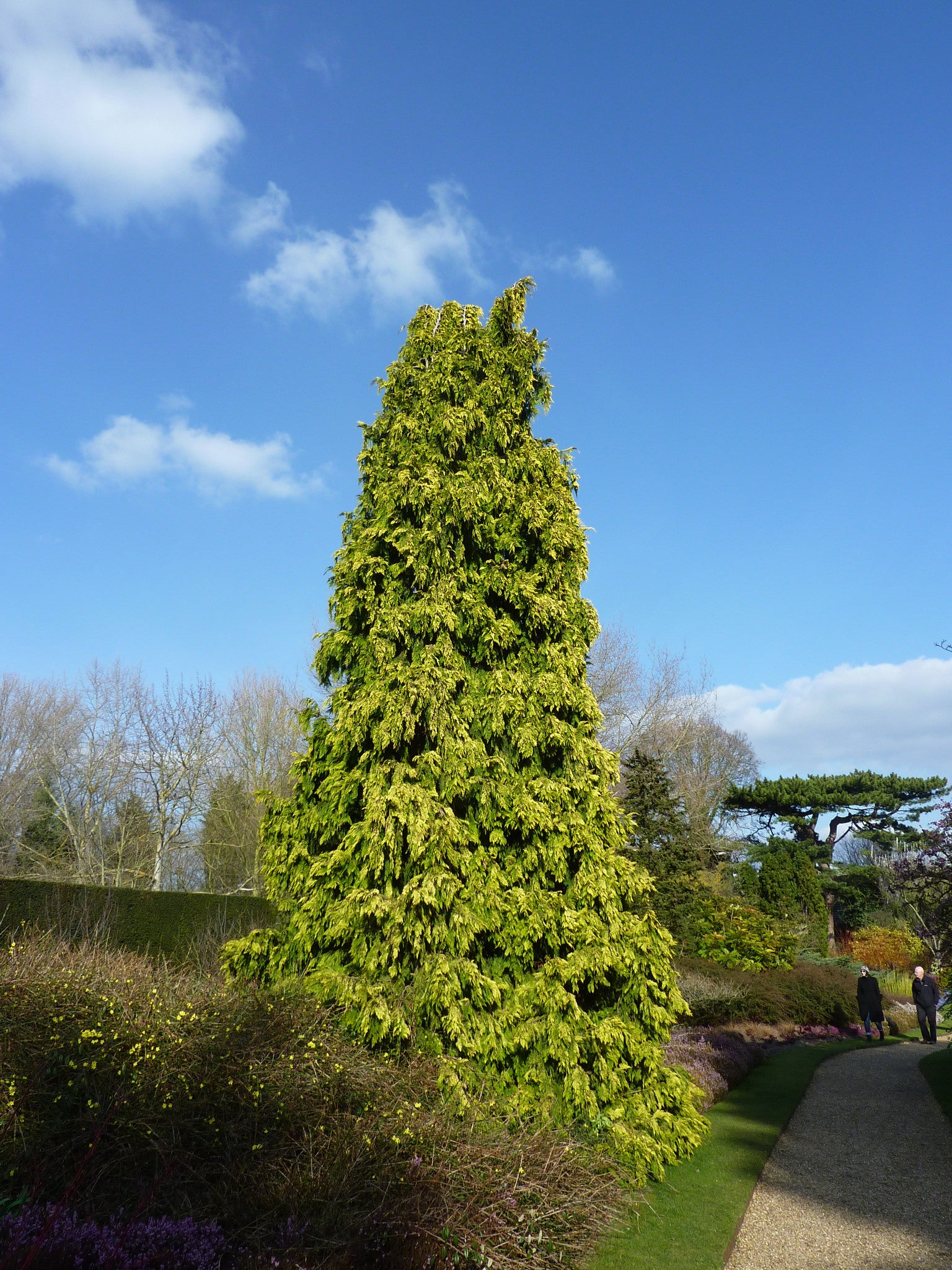Chamaecyparis lawsoniana 'Winston Churchill'
Approx. 0.5 litre pot
About this cultivar:
Chamaecyparis lawsoniana 'Winston Churchill' is ideal for a small garden. This Lawson's Cypress boasts brilliant, year-round, golden foliage and a striking, conical shape. This cultivar is slow growing and will reach its full height in 20 years, making it a great option for a feature tree in smaller gardens or pots. But keep away from high winds!
Note on the lawsoniana species: It was first discovered (by Euro-Americans) near Port Orford in Oregon and introduced into cultivation in 1854, by collectors working for the Lawson & Son nursery in Edinburgh, Scotland, after whom it was named as Lawson Cypress by the describing botanist Andrew Murray.
- Position: Full sun, partial shade
- Soil: Almost any soil, grows well in Ballyrobert
- Flowers: April, May, June
- Other features: Grows well in Ballyrobert, Bees and Butterflies
- Hardiness: Fully hardy - grows well in Ballyrobert!
- Habit: Columnar or Upright
- Foliage: Evergreen
- Height: 165 - 330 cm (5.5 - 11 ft)
- Spread: 90 - 240 cm (1.5 - 8 ft)
- Time to full growth: 20 to 50 years
- Plant type: Tree
- Colour: Yellow, green
-
Goes well with: -
About this genus:
Chamaecyparis, also known as cypress or false cypress (to distinguish it from related cypresses), is a genus of conifers in the cypress family (Cupressaceae) native to eastern Asia and to western and eastern United States. The name is derived from the Greek khamai, meaning ground, and kuparissos for cypress.
The diversity in this genus is truly outstanding. The chamaecyparis selections we offer are some of our favorites and we particularly like the forms of chamaecyparis that help provide fabulous winter colour.
Chamaecyparis prefers full sun and are adaptable to a wide variety soil conditions but it hates drought. For you low-maintenance gardeners, chamaecyparis is perfect as it may not need pruning if properly sited.
What do they go well with? Well, they are usually large so you need not worry too much. However sometimes you can use a couple to "frame" a view or entrance - a bit like yew. Because they are slow growing you can even try them in pots (framing a front or back door?)




